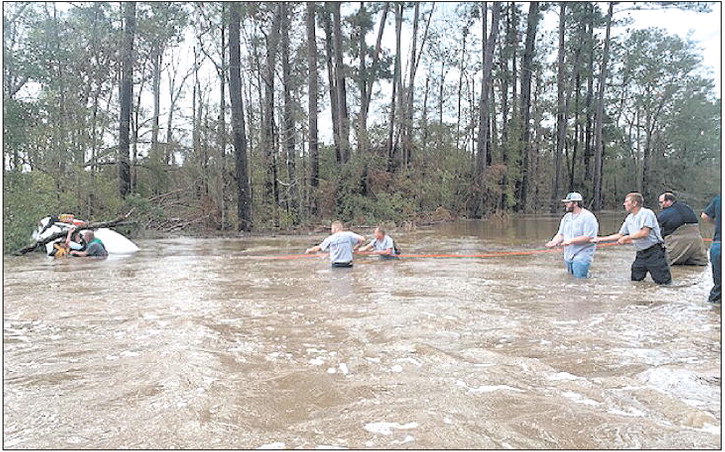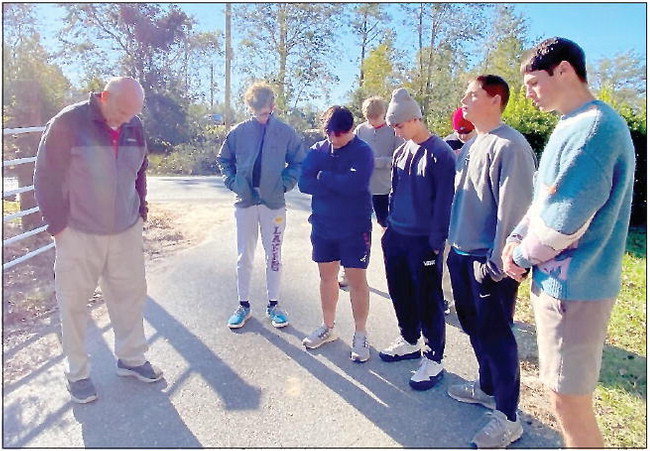Cabbage Stalks


I’ve eaten them since I was a child, and I consider them a comfort food of sorts. Let me paint a memory picture for you. Sometime in the Seventies, my mother stood at the countertop of our gold and avocado green kitchen — a large head of cabbage balanced on a wooden cutting board in front of her. First, she tore off the dark green outer leaves and set them aside.
“The dark green leaves are tougher so you have to cook them a little longer. They make it prettier in the pot,” she said. Next, she split the head of cabbage into two perfect halves with a large knife my father had sharpened to that of a dangerous razor blade. She sliced each half making four quarter wedges. Mom carefully shaved off thin strips of cabbage leaves and placed them in a big pot of seasoned water boiling on the stovetop. She chopped and chopped, until she reached the tough parts of the cabbage near its core, and then she paused. “Who wants a cabbage stalk?” she turned and asked.
“I do! I do!” I shouted, racing over to her side. She handed me a freshly cut cabbage stalk followed by a salt shaker. I stood over the kitchen sink and showered a generous amount of sodium crystals onto the white stem. Then I opened my mouth wide and bit down — the crunch making a loud noise comparable to an earthquake. Mom salted another stalk and chomped on one, too. We gnawed our cabbage stalks like two wild rabbits.
Eating a salted cabbage stalk was sort of a ritual, and everyone in my family loved to eat the cabbage stalks when Mom made stewed cabbage or coleslaw. I love the taste (sometimes they have a bite like that of a hot radish), and I love the texture. I suppose eating cabbage stalks was one of many practices passed to my mom by her mother — much like patting out a baby biscuit from the remaining flour in a bowl, pouring milk over crumbled cornbread in a big drinking glass or pouring syrup in a hole poked in the top of a buttermilk biscuit. I don’t think my friends’ families did these things.
Cabbage is known as a “cole crop,” a general term referring to any of various plants belonging to the Cruciferae or mustard family that prefer to grow in the cooler temperatures. The mustard family includes crops such as Brussels sprouts, cauliflower, broccoli, cabbage, collards, kale, mustard, and turnips — most of which are leafy veggies that we Southerners love to cook in big stock pots with a hambone bobbing up and down in the water. All of these green garden plants can trace their history to a common cabbage ancestor that grew wild in the Mediterranean and Asia Minor region.
As for cabbage, it’s not only versatile, filling and delicious, but also an exceptionally healthy food with an outstanding nutrient profile. It boasts especially high levels of Vitamins C and K, and some researchers believe eating cabbage may even help lower the risk of certain diseases, improve digestion and combat inflammation.
But my family eats it because we like the taste, always have and always will. And let’s face it — cabbage is affordable and easy to cook.
Last week, at 57 years old, I stood with my bare feet in my mother’s Ohoopee kitchen and watched her work on a head of cabbage to complement some potatoes from the garden and some fresh-from-the-hotgrease fried chicken we had purchased at Bobcat’s Diner in Collins. She whittled and whittled then asked the same question she’s asked since I was a young, towheaded girl. “You want a cabbage stalk?” she asked. That’s a question I will never tire of hearing, no matter how many decades I live. Suddenly, I was seven years old again, and I reached for one of the stalks with a grin. I salted it and bit down with my back molar teeth with a crunch that would wake the dead. They say that each day is made up of hundreds of simple moments that when woven together form a beautiful tapestry of a person’s life. For me, eating a fresh cabbage stalk alongside my mother is one of those simple moments — a simple pleasure.
By Amber Nagle







